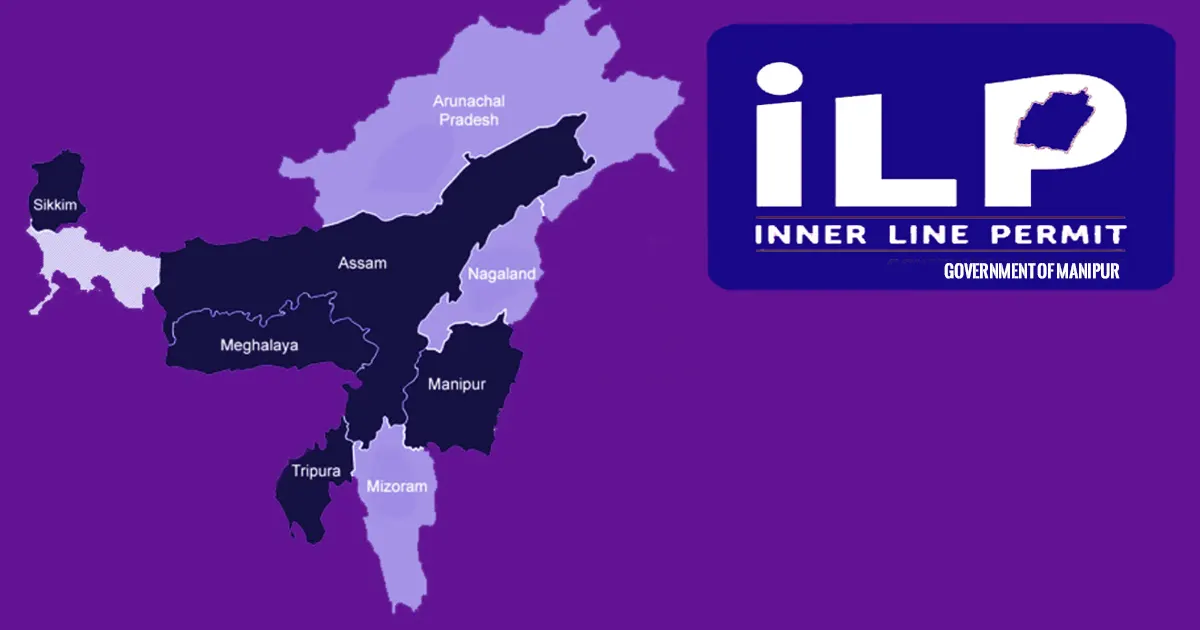GS 3 : INTERNAL SECURITY

The Inner Line Permit (ILP) system, originating from the Bengal Eastern Frontier Regulation of 1873, is a travel document required for visiting restricted areas in certain northeastern states of India. These states are Arunachal Pradesh, Nagaland, Mizoram, and Manipur. The ILP aims to protect the indigenous tribes from exploitation, preserve their cultures, and regulate the movement of people in these sensitive regions.
ILP and the Foreigners (Protected Areas) Order
The Foreigners (Protected Areas) Order, 1958 defines the Inner Line as the boundary beyond which foreigners need special permits to enter certain regions. Areas between the Inner Line and international borders are designated as Protected Areas, while areas between the Inner Line and indigenous tribes are Restricted Areas.
Key Areas:
- Protected Areas: These include Arunachal Pradesh, parts of Himachal Pradesh, Jammu & Kashmir, Rajasthan, and Sikkim.
- Restricted Areas: The Andaman & Nicobar Islands and part of Sikkim.
- Foreign tourists (except Bhutanese) need a Protected Area Permit (PAP) to visit Protected Areas, while domestic tourists need the ILP for restricted areas.
ILP System Features:
- The ILP system dates back to 1873 when it was first introduced by the British. After independence, the system was modified to include Indian citizens.
- There are different types of ILPs: one for tourists and another for people staying longer, often for work.
Importance of ILP:
- Protection of Indigenous Tribes: The ILP system helps safeguard the rights, culture, and lands of indigenous people in the northeastern states.
- Control Illegal Migration: It prevents the large influx of illegal migrants, which could affect local communities’ customs, laws, and land ownership.
Criticism of ILP:
- Impact on Tourism: The ILP can limit tourism, which is a key economic activity in the region. Some states, like Arunachal Pradesh, have introduced e-ILPs to ease the process.
- Economic Barriers: The ILP restricts movement even within northeastern states, affecting trade, labor, and investment. This hampers regional development and growth.
- Illegal Migration: Despite the ILP, illegal migration remains a problem in these areas.




